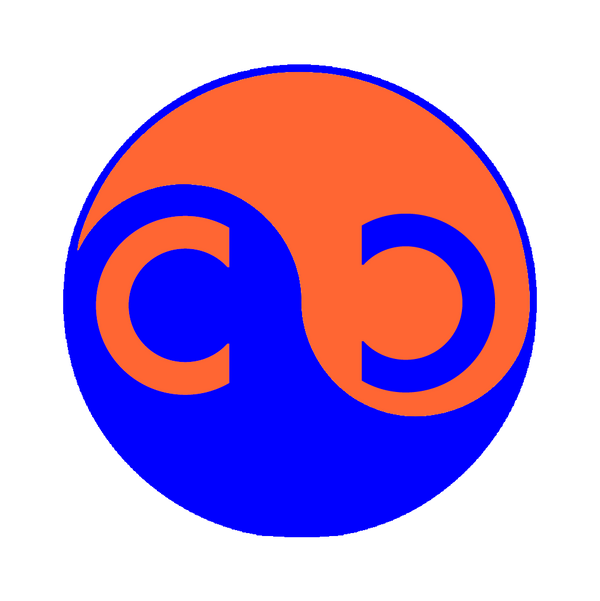Scoliosis & Postural Syndrome?
“According to the American Academy of Orthopaedic Surgeons, idiopathic scoliosis occurs ten times more often in girls than it does in boys over the age of 10. Another group of doctors at Indiana University Health revealed 10 percent of women in the US have scoliosis compared to only 5 percent of men.” Source
WHAT IS SCOLIOSIS?
Scoliosis is a sideways curve in your backbone (or spine). Often, it first shows up when you're a child or teenager. The angle of the curve may be small, large, or somewhere in between. But anything that measures more than 10 degrees is considered scoliosis.
In addition to the different types of scoliosis you can develop in terms of known and unknown causes, there are also important differences between “Structural and Functional Scoliosis”.
The difference between structural and functional scoliosis is that the former is caused by a structural abnormality within the spine, while the latter is not structural, and instead, is related to bad posture, or other body irregularities, and can be corrected by identifying and addressing the cause.
TYPES OF STRUCTURAL SCOLIOSIS:
Idiopathic Scoliosis: (Idiopathic Scoliosis causes the spine to develop an abnormal curve. “Idiopathic” means there is no definite cause. Idiopathic scoliosis is the most common type of scoliosis. It tends to run in families and affects girls eight times as often as it affects boys.)
Neuromuscular Scoliosis: (Neuromuscular scoliosis (NMS) is a type of scoliosis that can occur in children who have medical conditions that impair their ability to control the muscles that support the spine. Common medical conditions associated with NMS include muscular dystrophy, cerebral palsy, and spina bifida).
Degenerative Scoliosis: (Degenerative scoliosis, also known as adult-onset scoliosis, describes a side-to-side curvature of the spine caused by degeneration of the facet joints and intervertebral discs which are the moving parts of the spine. This degeneration and resulting spinal asymmetry can occur slowly over time as a person ages).
WHAT IS FUNCTIONAL SCOLIOSIS?
Functional scoliosis, also known as “false scoliosis or nonstructural scoliosis’, is a rapidly increasing syndrome or condition word-wide. When you have functional scoliosis, you might present with an abnormal sideways curvature of the spine, but will have no spinal rotation, and the spine’s structure will still be normal.
Therefore, functional scoliosis is caused by a temporary cause, such as chronic and irregularity in the body due to bad posture, standing or moving on your feet for long hours, desk job, excessive use of electrons, sitting in one position and driving for long hours.
If you with functional scoliosis are to lay down or bend forward, the scoliotic curve would likely go away with the position change; whereas with structural scoliosis, there is no change of position that will make the curvature go away.
In cases of functional scoliosis that are caused by chronic bad posture, this can be treated by Causality Care’s proven therapies. In structural scoliosis spine sugary is required but we can help you manage pain.


HOW TO BOOK AN APPOINTMENT?
To schedule an appointment, type Appointment on your smartphone and send it as a text to 773 377 5357.
If you have specific questions, you are always welcome to Contact Us and speak with one of our friendly staff members.
Citations:
https://www.mayoclinic.org/diseases-conditions/scoliosis/symptoms-causes/syc-20350716
https://www.nhs.uk/conditions/scoliosis/
https://www.aans.org/Patients/Neurosurgical-Conditions-and-Treatments/Scoliosis
https://www.hopkinsmedicine.org/health/conditions-and-diseases/scoliosis
https://medlineplus.gov/ency/article/001241.htm
https://www.webmd.com/back-pain/causes-scoliosis
https://www.hss.edu/condition-list_scoliosis.asp
https://www.spine-health.com/conditions/scoliosis/scoliosis-what-you-need-know
